
Simulation-based Large Scale structure cosmology
The Good, the Bad and the Ugly
Carol Cuesta-Lazaro



Forward Theory
Gravity
N-body
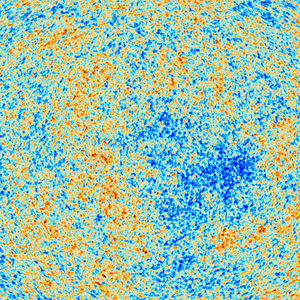
Initial Conditions
Simulations
Effective Field theories
Galaxies
Empirical
Hydro
Forward Survey

Mask, fibres...

Summarise
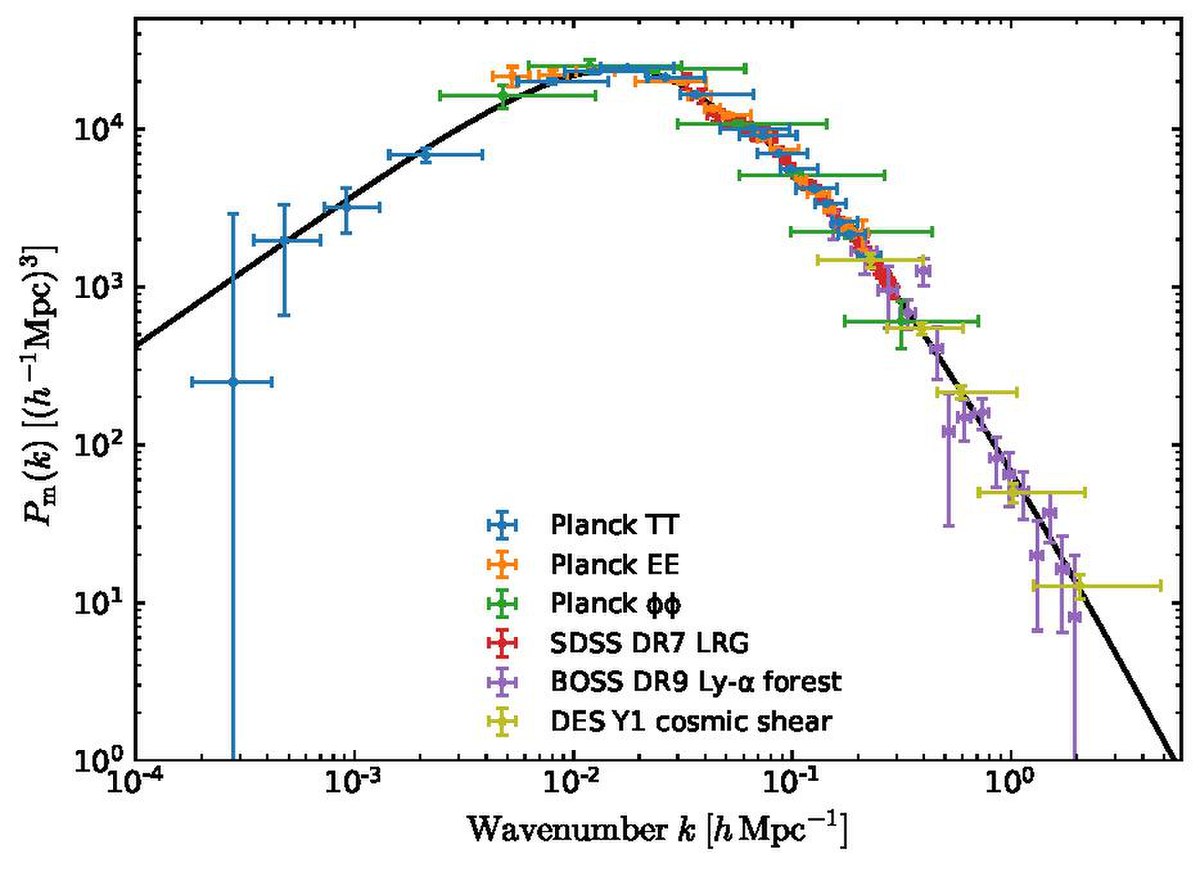
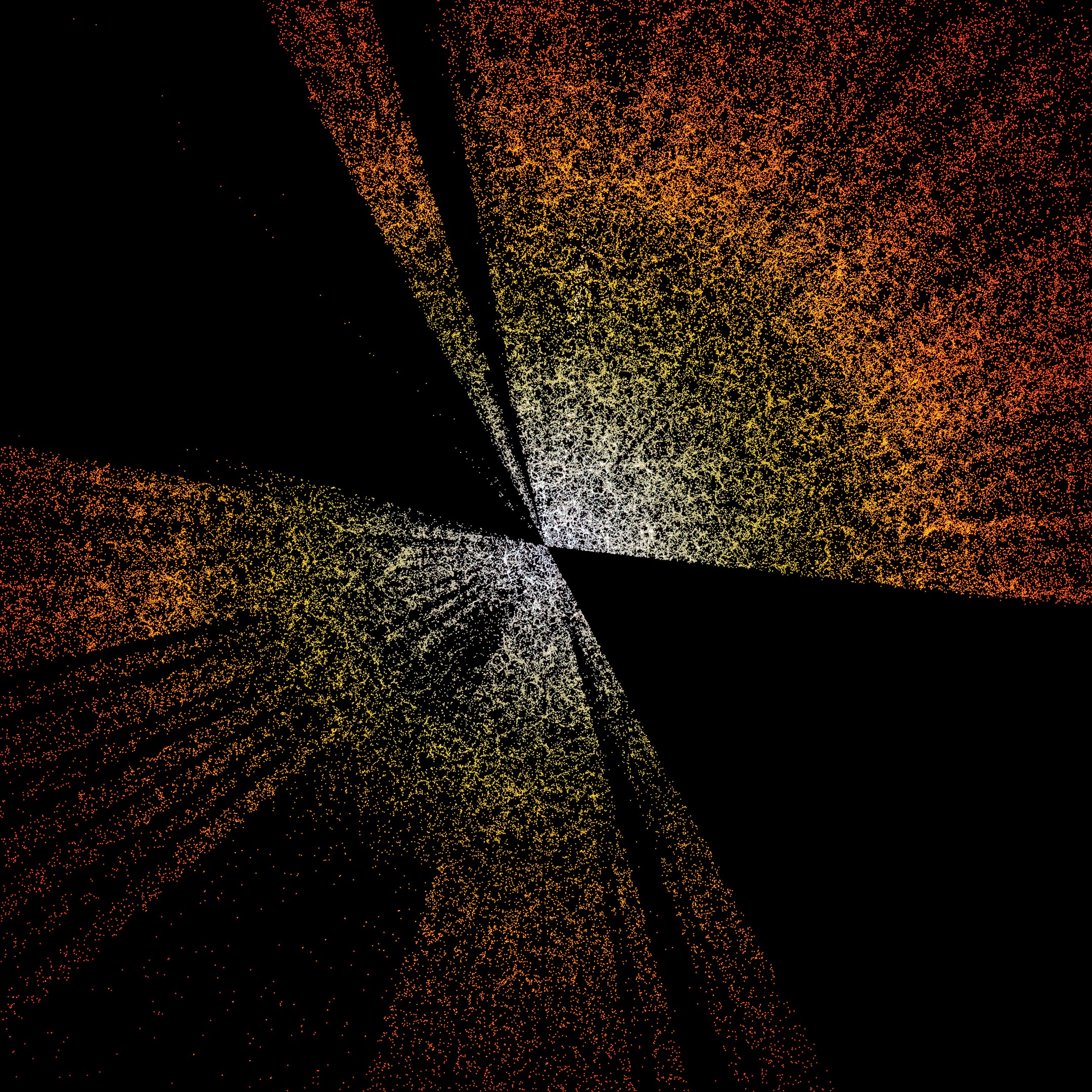

Initial Conditions
Observation

Empirical halo-galaxy connection
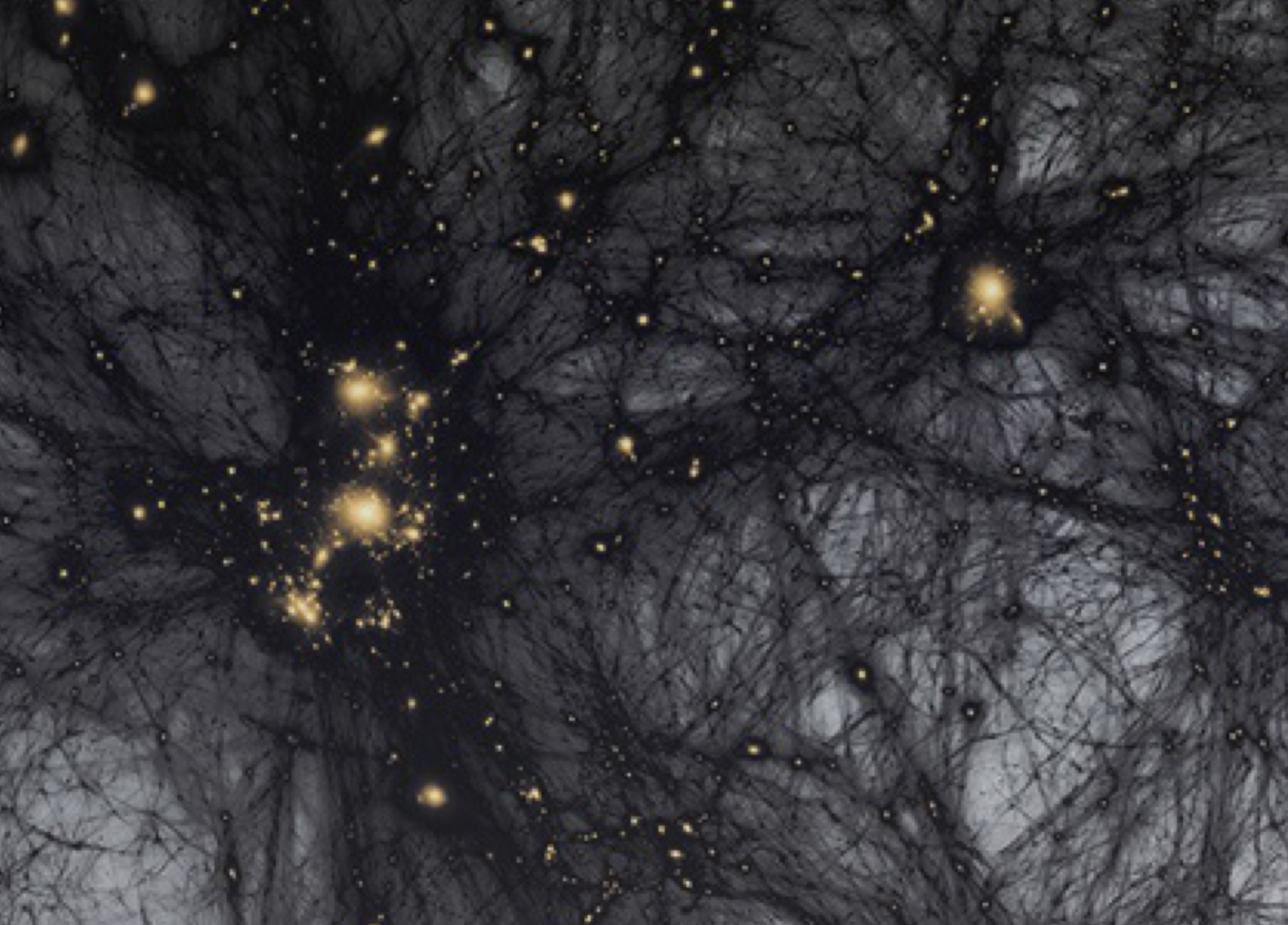
Identify host Dark matter haloes
Central galaxies : CoM largest sub-halo
Satellite galaxies : particles in halo

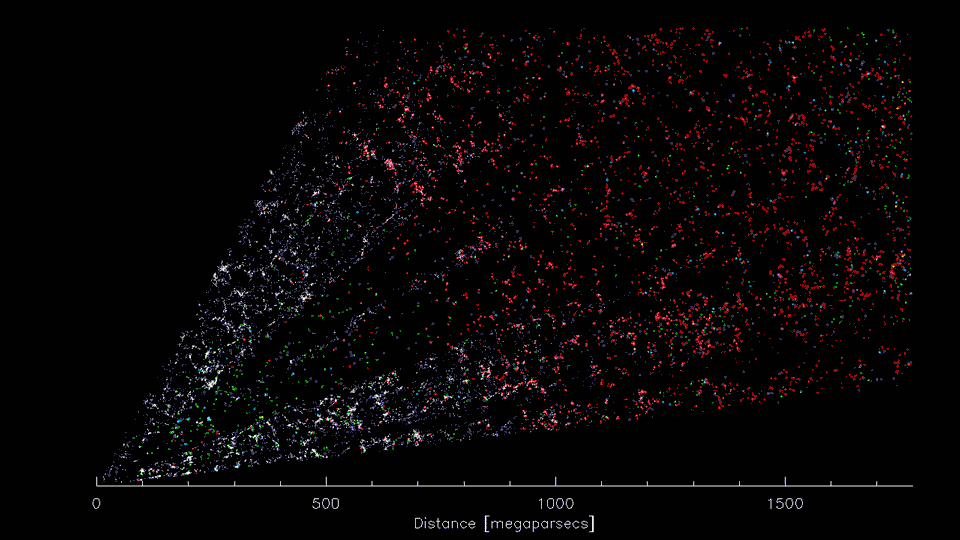
N-point functions
Counts-in-cell
Wavelets
Marked tpcfs
kNNs
Voids
Optimise information on cosmological parameters
Robust Surprises
Summarise



Density-split clustering










Quintile-galaxy crosscorrelations

Voids
Clusters













Quintile autocorrelations


Voids
Clusters




Fisher Information
Dark Matter halos Quijote Simulations

BOSS CMASS DR12
0.45 ≤ 𝑧 ≤ 0.6





The Good
The Bad
The Ugly
Simulations can model non-linear clustering
Forward modelling + ML = constraints from any summary
Ad-hoc galaxy-halo connection
Halos are social constructs
Limited number of simulations, prior limited
Difficult to estimate robust model errors
deck
By carol cuesta
deck
- 599



